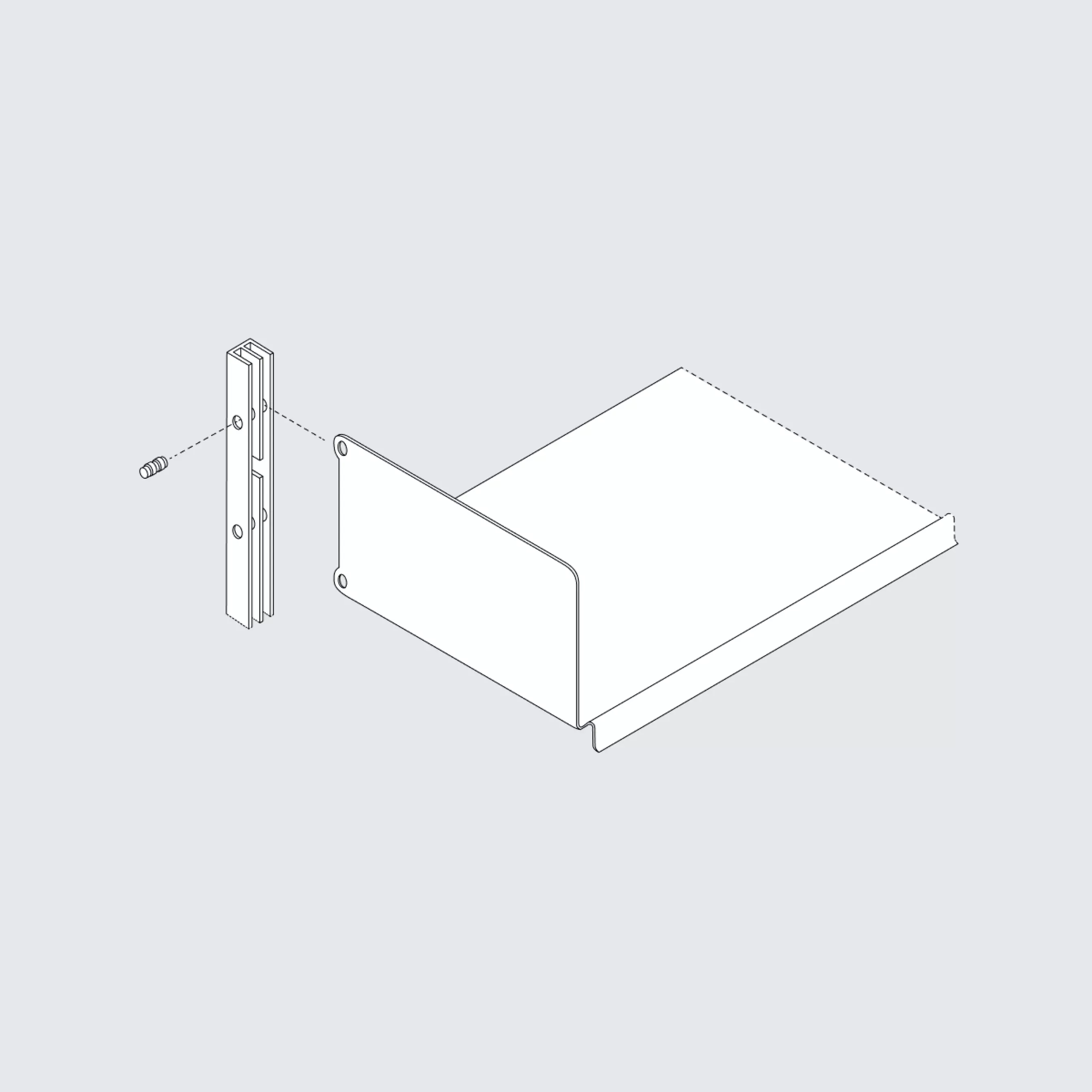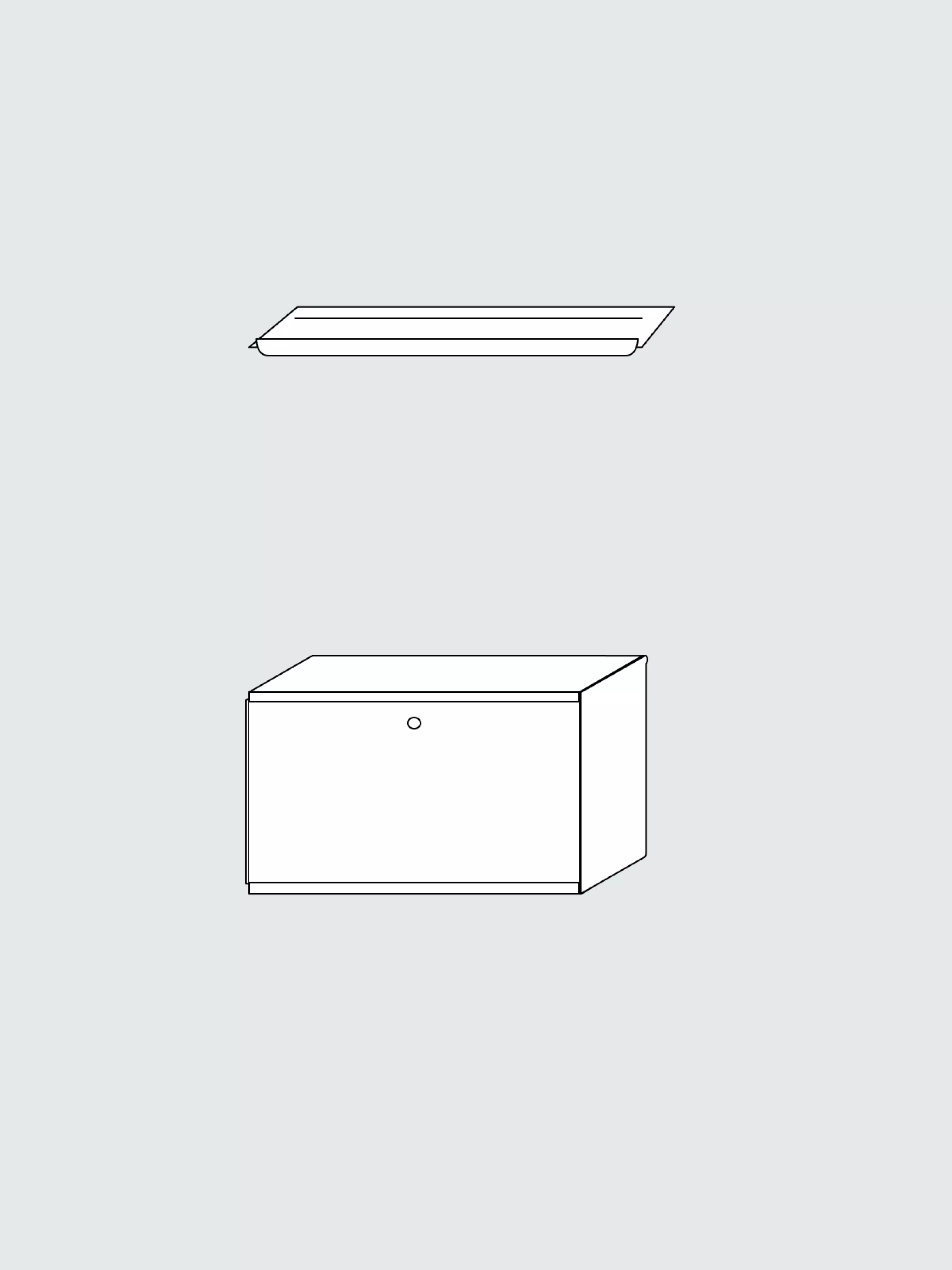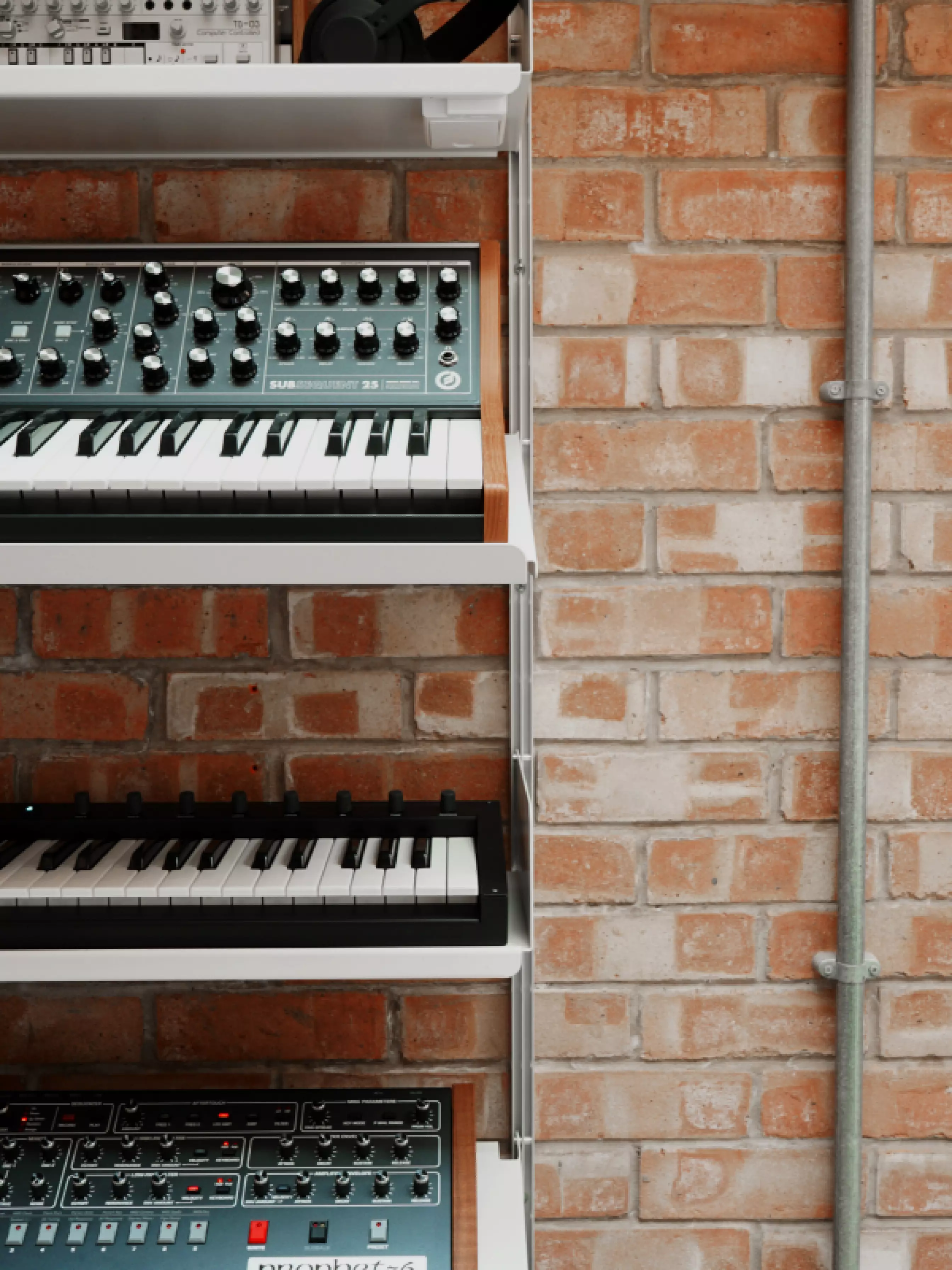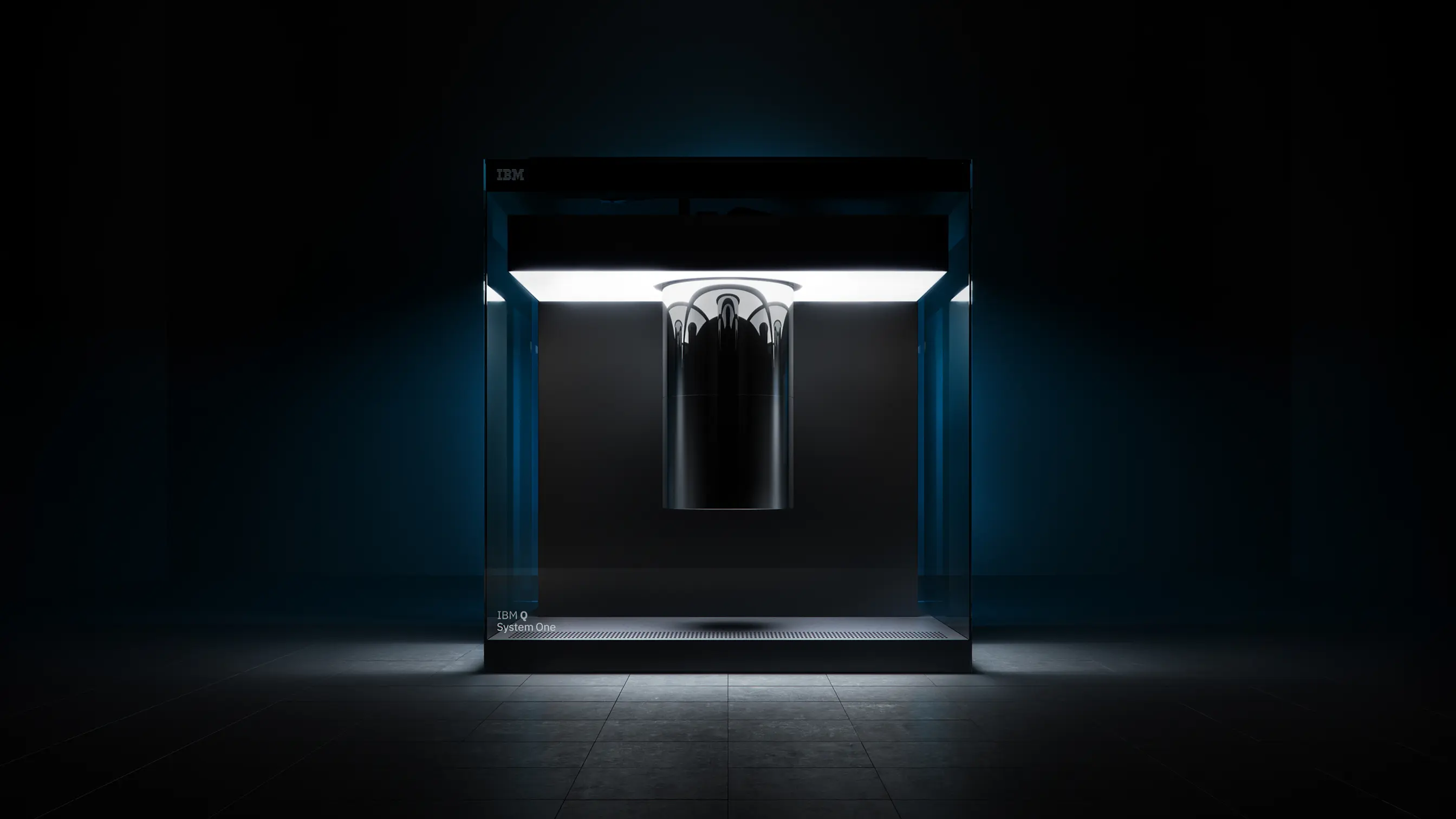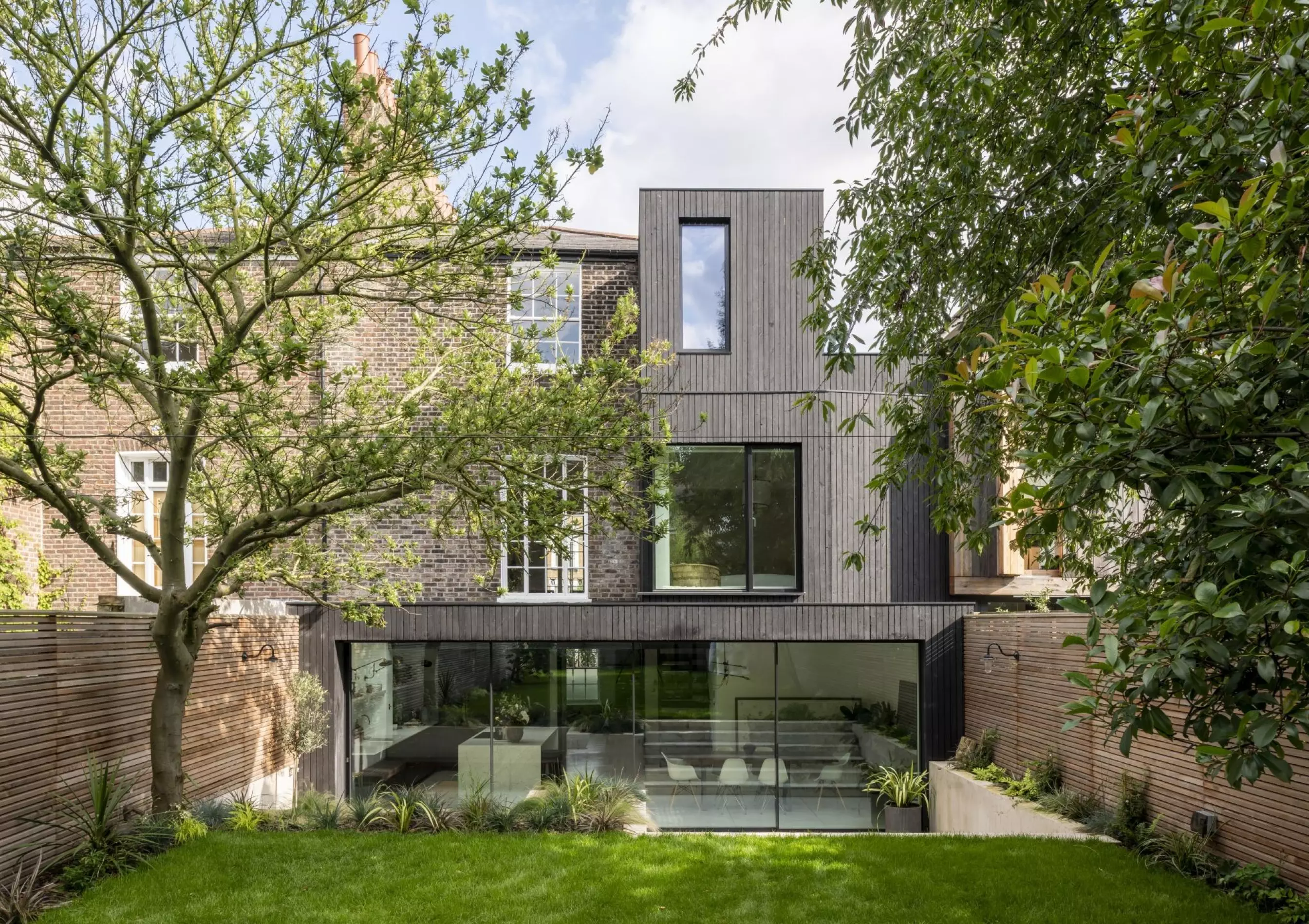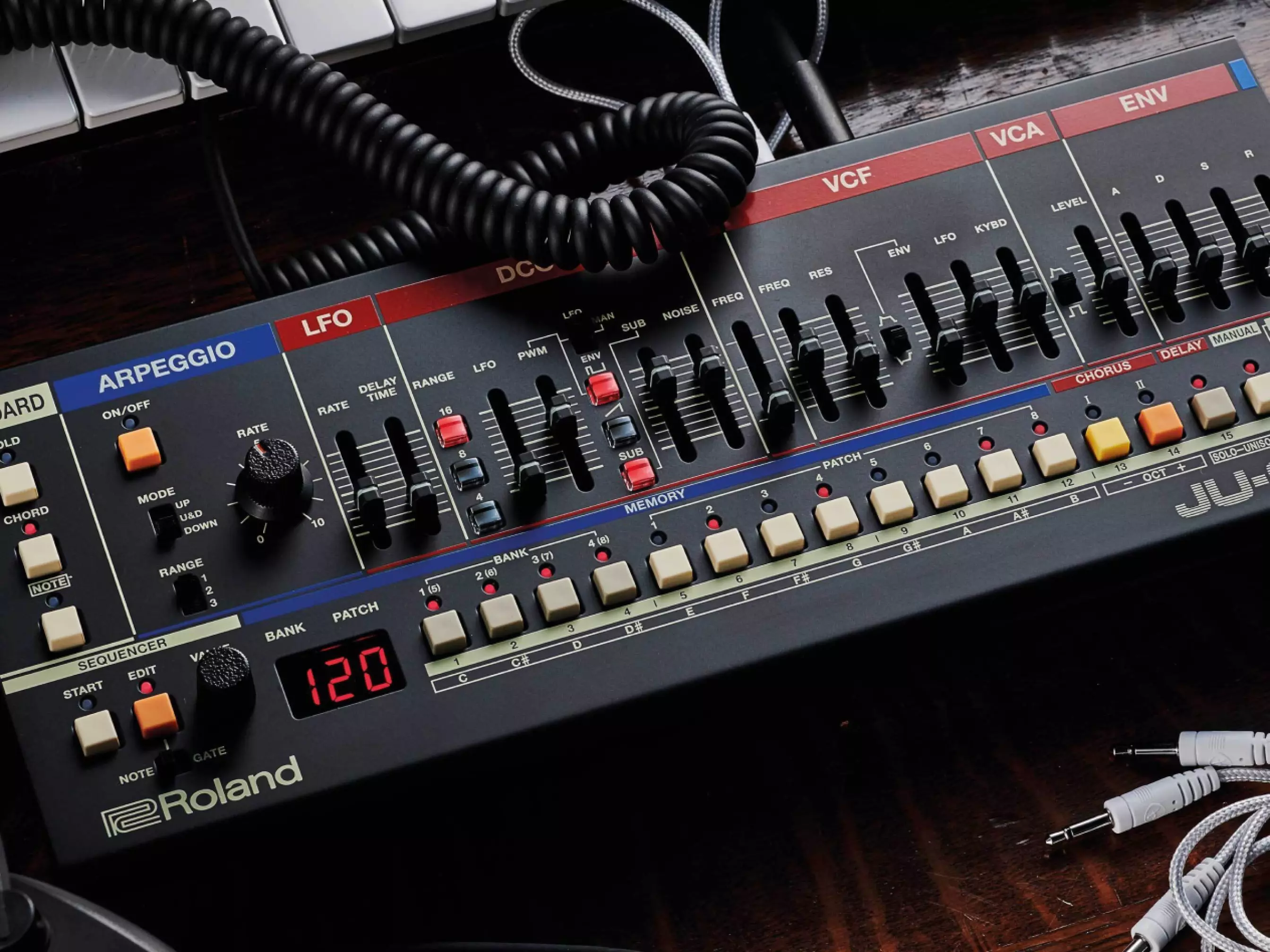
We take a look at some of our favourite ‘tools’ and how they might have a deeper meaning and relevance to our work.
Overview
The work we create is almost always in the form of a digital output. By its nature, the intangibility of digital work means that we’re always interested in learning how the physical tools we use impart inspiration to what we do in a larger sense. With that in mind, we started to look at the items that surround us in our studio on a daily basis, to think about how those items have relevance to our making of work. Often, they might not be ‘tools’ that we use for making work, but the way in which they fit into our lives still influences or inspires the work we create.
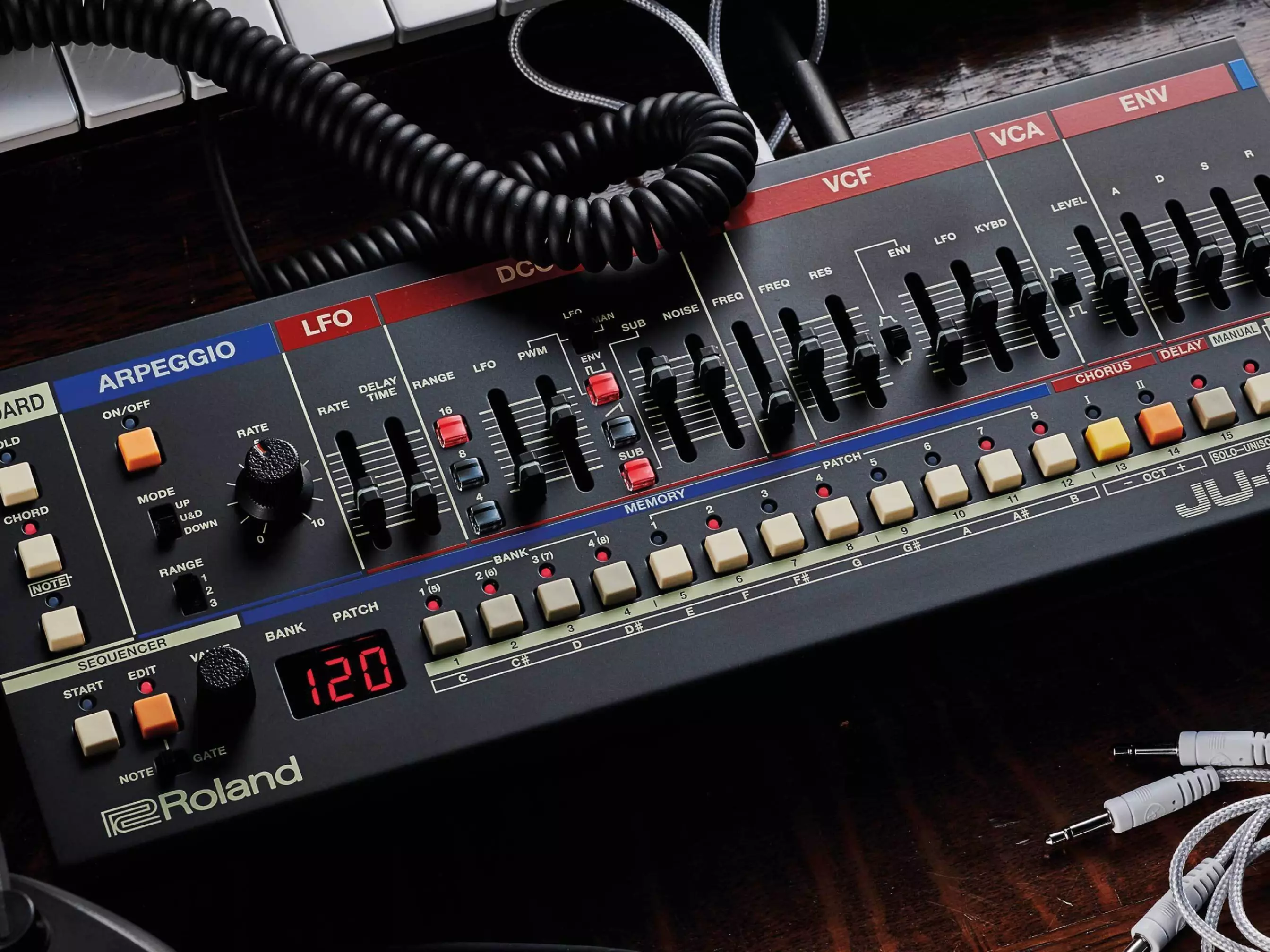
Roland Juno
A cornerstone of house music production from its launch in the early eighties, the digitally-controlled oscillators found in the Roland Juno made polyphonic synthesisers affordable for the first time.
Designed for fast, intuitive sound shaping, the primary controls are tactile faders logically arranged directly on the front panel. The instrument is a masterclass in efficient user interface design. In creating digital products, the design of user interfaces is always at the forefront of our mind. How can we ensure something is functional, yet enjoyable to use?
We use both the Roland Boutique hardware, as well as the Arturia emulation plugin for our Juno Sounds. Battery-powered, the Boutique makes for an outstanding sofa-synth.

Roland 303
At the time of its release in 1982, the 303 was intended to simulate a traditional bass guitar, however, it did not catch on and was swiftly billed as a commercial failure.
Years later, inventive electronic musicians rediscovered the 303 and found new uses for the instrument. It has since become a sought-after addition to many setups.
The 303 is a great example of how individual products have their own journeys that may change over time—a facet shared by digital products that’s often overlooked.
It’s a good reminder to think about the lifespan of digital products—even when they may look complete, there is always scope to adapt and change in response to new environments and audiences.

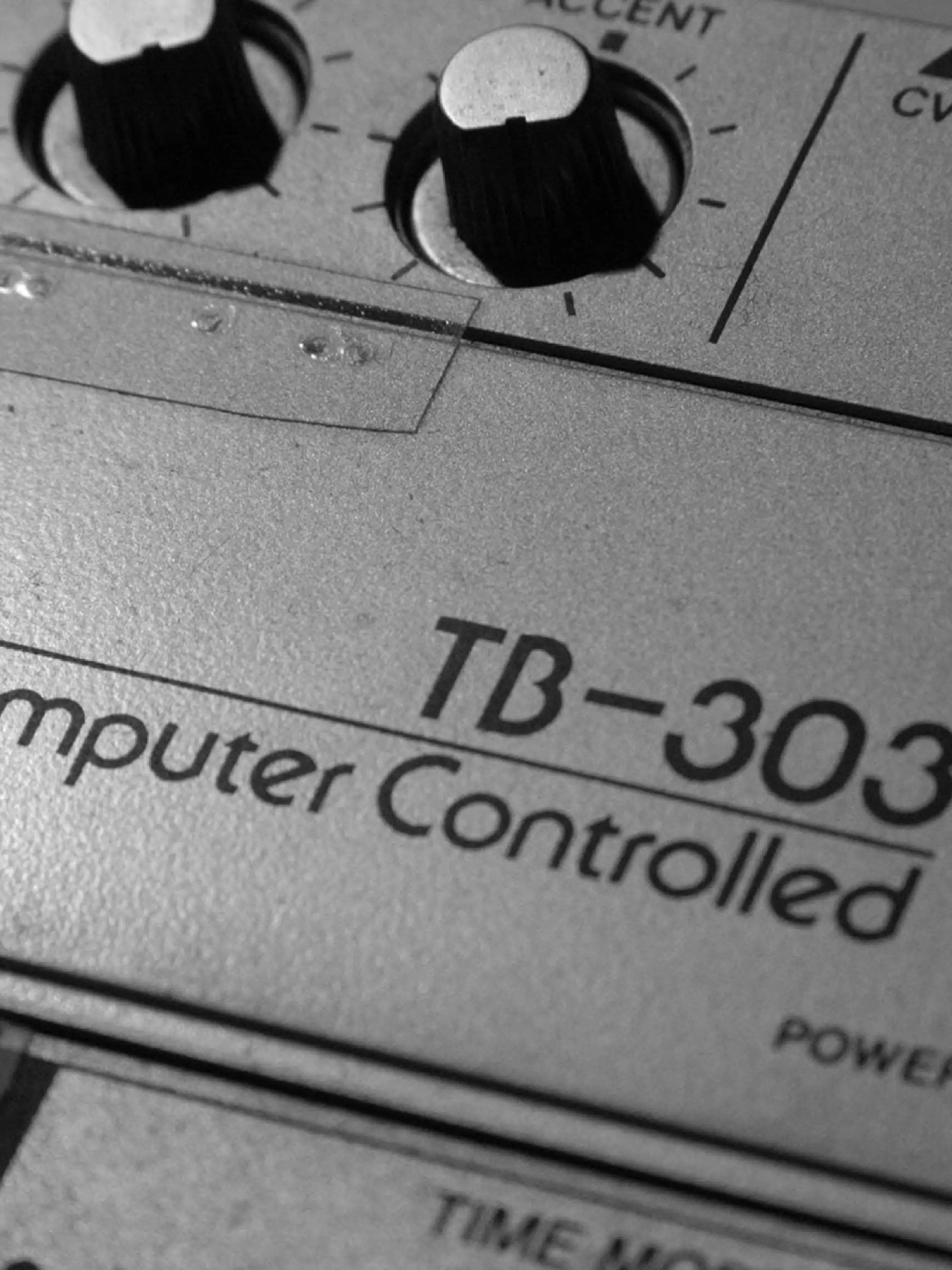
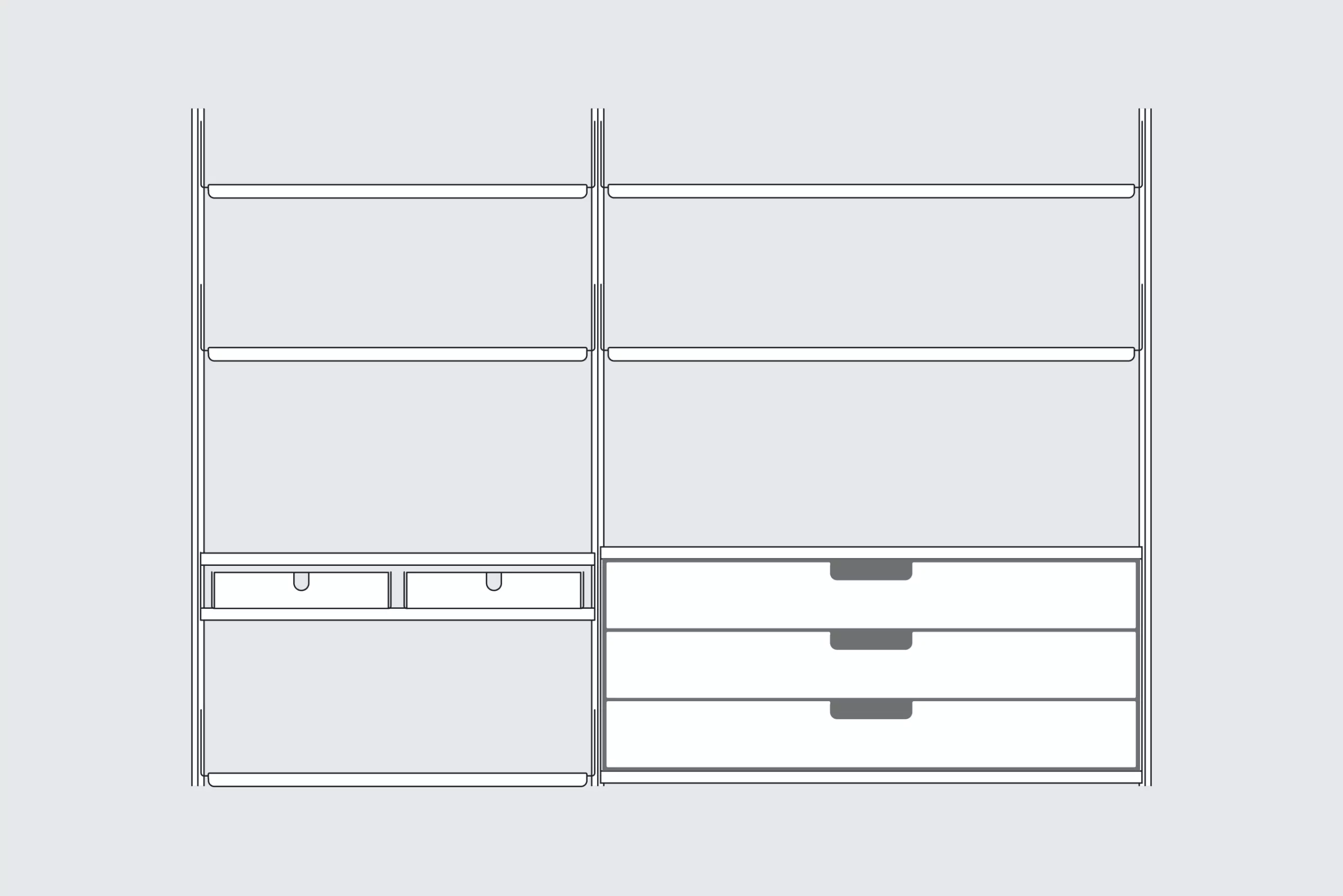
Vitsœ 606 Universal System
The iconic modular shelving system designed by Dieter Rams has gained a cult following and, in our opinion, for good reason. The 606 Universal System is an endless combination of configurations to fit the exact needs of the items on display.
In 1955, Rams was just 23 years old when he began designing for Braun and was asked to reimagine a showroom. It was then he came up with an entirely new display system that hadn’t been seen before. Sleek, streamlined, wall-mounted shelves that were both utilitarian and delicate. Yet, it wasn’t until 1960 that Rams would propose the design to Niels Vitsœ and Otto Zapf.
Initially, the system took time to take off. It was a big departure from the, predominantly wooden, chunkier shelving systems that many had been used to. Over time, the functionality, attention to detail, and appreciation for materials began to be seen and the system has since grown to prominence in the homes and studios of thousands around the world.
For us personally, we appreciate its unique functionality and the ability to house almost any item yet seamlessly blend into its surroundings. Particularly in our studio, where we have an array of books, equipment and yes, even synthesisers. The system reminds us daily that taking the time to accurately find the solution that best fits always pays off.
